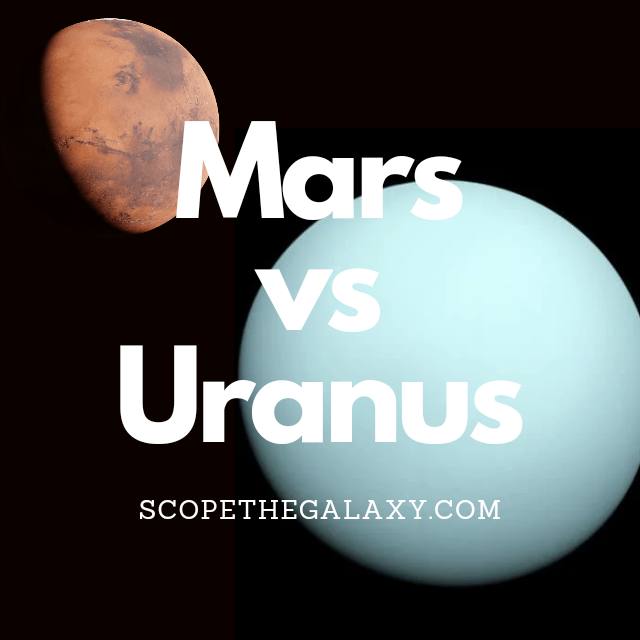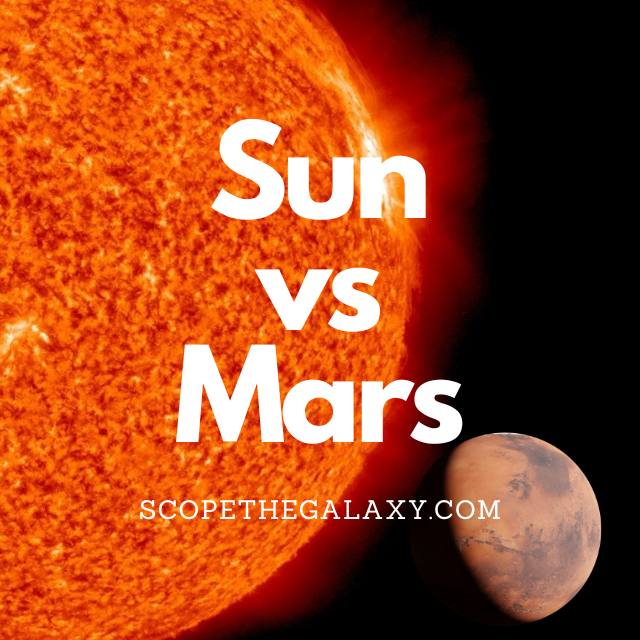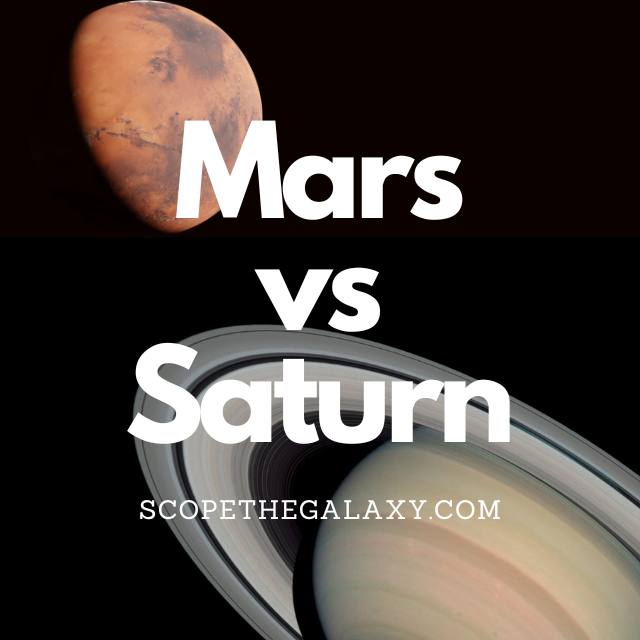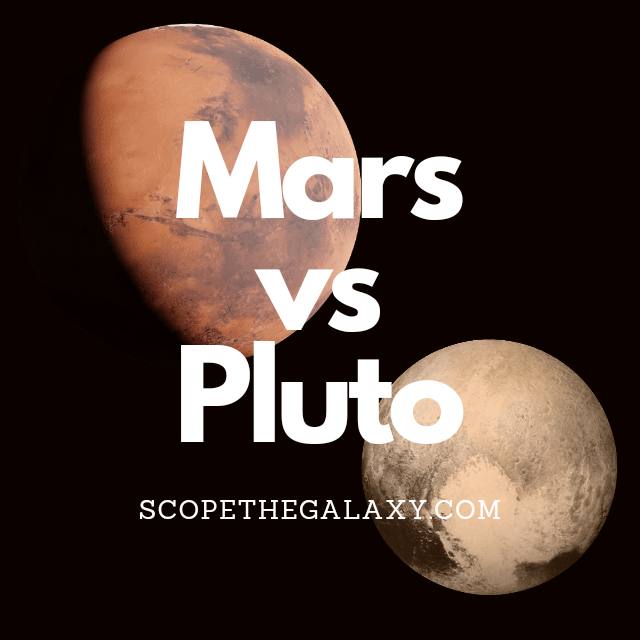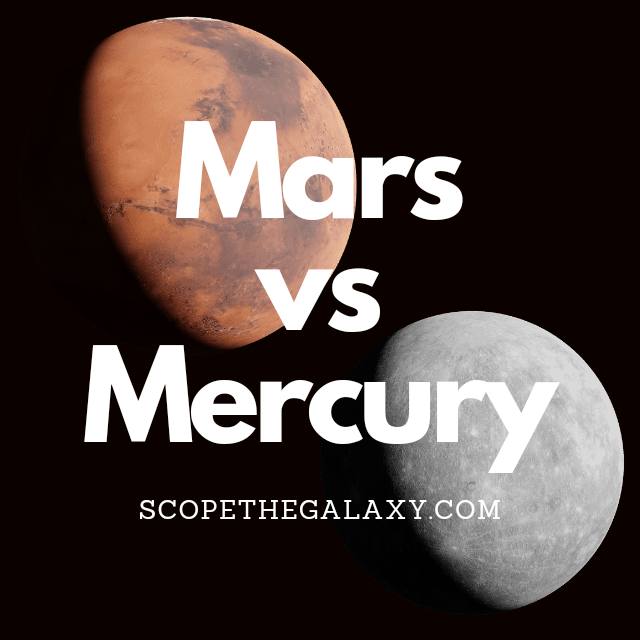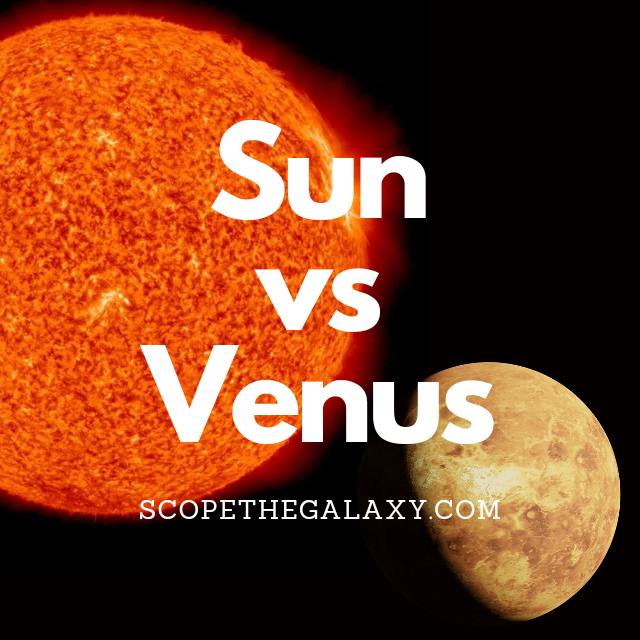Mars vs Uranus (How Are They Different?)
The main differences between Mars and Uranus is that Mars is a terrestrial planet whilst Uranus is an ice giant, Mars has 2 moons whilst Uranus has 27 moons, Mars is the 4th farthest planet from the Sun whilst Uranus is the 7th farthest planet, Uranus has an axial tilt of 98 degrees as opposed … Read more

